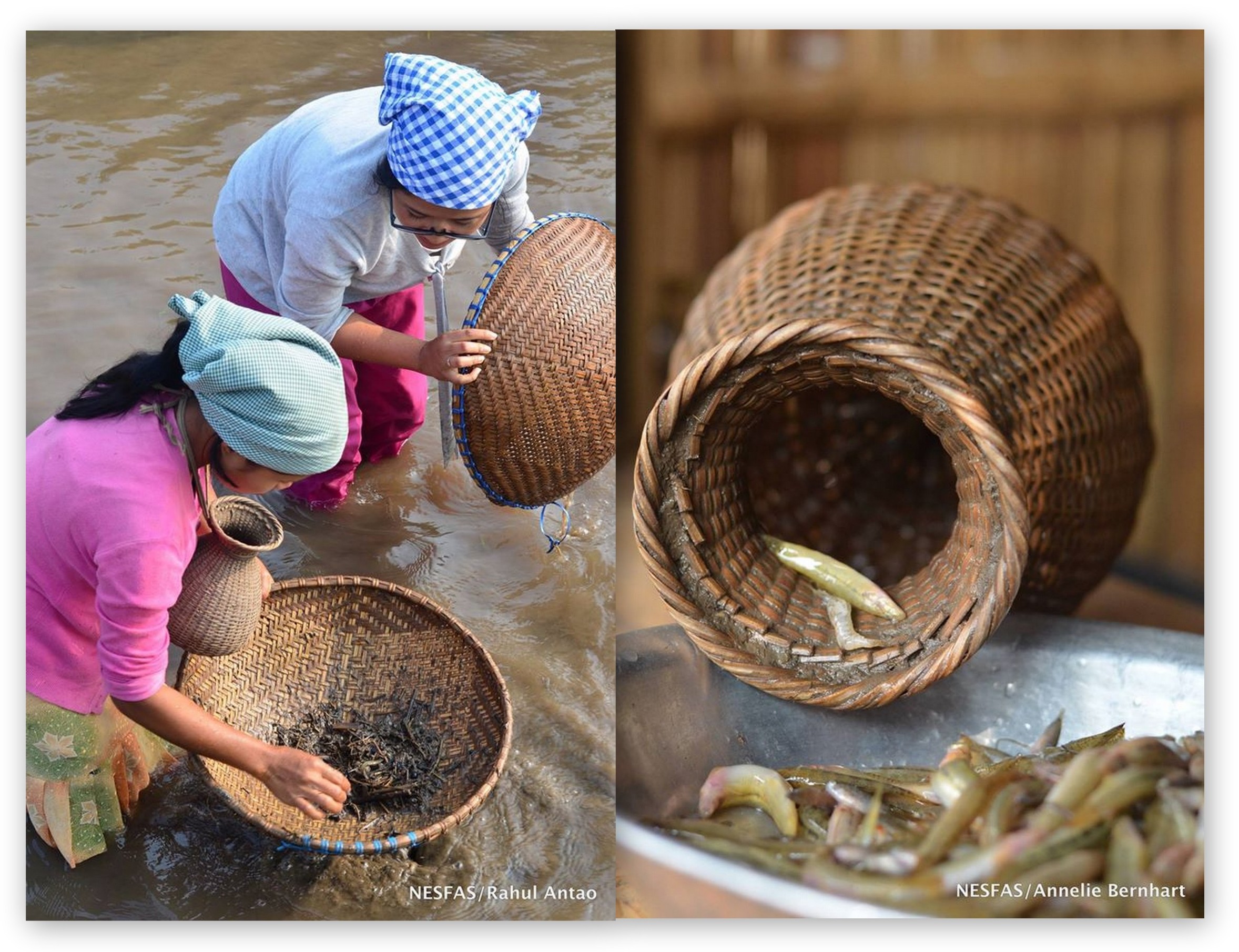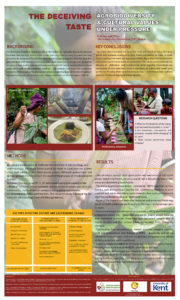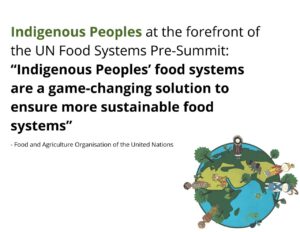by Michael Shadap and Phidarilin Uriah

For the people of Khweng the arrival of autumn brings with it an air of joy and festivity. It is the season they’ve been waiting for; the season when the fields are bursting with rice ready to be harvested and the waters come alive with the movement of paddy fish. It is the time this community celebrates the fertility of its land.
Located in the Ri Bhoi district, the most fertile region in the state of Meghalaya in India, Khweng is a tiny village made up of just one hundred households. With 95% of the population working in agriculture, it’s not surprising that Khweng produces more than 10 varieties of rice, fruit and vegetables for commercial purposes.
Conviviality and knowledge sharing
Fishing is a popular pastime among the rural people of Meghalaya, Khweng included. If you go to the countryside, you are sure to spot at least one person heading to the nearest body of water, traditional bamboo fishing pole in hand.
During the harvest season in Khweng, fishing becomes a community activity. Just before the rice is harvested and bundled into sheaves, the villagers descend upon the paddy fields to catch the fish that have been living among the roots. For the people of Khweng, fishing together is an act of celebration. As they wade through the paddy fields they scoop bamboo baskets through the waters, collecting dozens of small fish, prawns and crabs. The exercise may look tedious to outsiders, but for the people of Khweng it is refreshing, relaxing even, especially in contrast to the hectic harvest and shifting cultivation activities that will follow.
Among the figures stooped over the water, you can also see some smaller versions, making more of a splash and announcing each catch with joyful yelps: the children of Khweng. What is it that makes these children embrace this knowledge while there seems to be a growing gap in other fields of local knowledge?
Firstly, it is the fun involved. This is the only time when the children know they can get muddy and wet to their hearts’ content and not expect repercussions! Secondly, it is the taste they have developed. All members of the community, young and old, recognize fresh fish and appreciate the taste of those that are locally caught, cooked with local herbs and vegetables, and eaten together with spicy chutneys. Apart from the fact that fish is nutritious, they know their catch is far better than any they could ever find in a market.
Local fish and food security
The contraption used to catch fish is locally known as the “Kriah” or “Shiap.” It requires a certain level of skill to weave, and a technique only known by a few men. The community’s fishing activities ensure that the skill is kept alive. The production of these contraptions is also bolstered by the fact that a good number of them find their way into rural and urban homes, as wall hangings and decorations.
Over time, Khweng has carved out an identity for itself that is shaped primarily by its fishing practices. The village boasts at least 14 or 15 species of fish, available throughout the year, and local fish is a daily food source for the people living there. The slow rhythm and speed of fish collection almost naturally adapts to the amount of fish that nature voluntarily gives away. There is no concept of overfishing as their joy and humility overshadows greed. Local markets for fish are developed from house to house, and nobody would ever think of sacrificing their own portion for a distant market.
What is most commendable about the people of Khweng is that even though they are poor, they are quite self-sufficient. The extent to which they have learned to appreciate and make use of their local food resources means they have no need to rely on external institutions for food security.
The people of Khweng are proud of their local fish produce. They do not just simply distribute the fish; they also cook and eat it together. In this way, the entire community remains connected to its traditional dishes, with recipes preserved and passed down to the younger generation: everybody gets fed.
The knowledge of indigenous peoples and rural communities can show the way towards a sustainable future, in which resources are used in harmony with nature. Find out more about how Slow Food works with indigenous communities.
Source: www.slowfood.com
<http://slowfood.com/international/food-for-thought/focus/254500/joyous-production/q=7D015D


